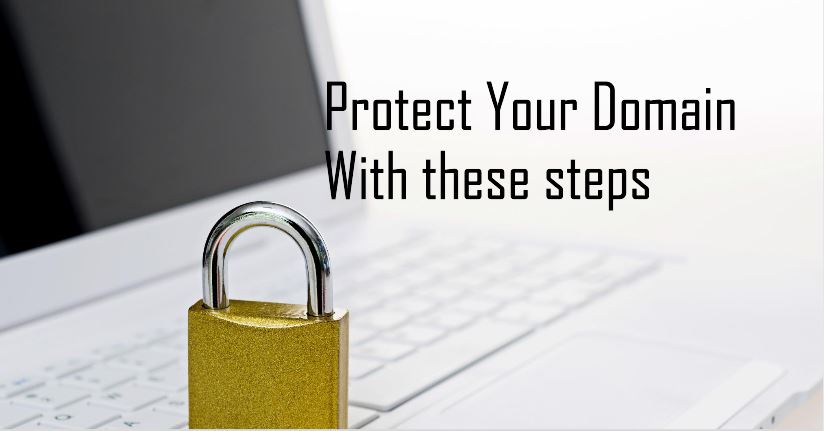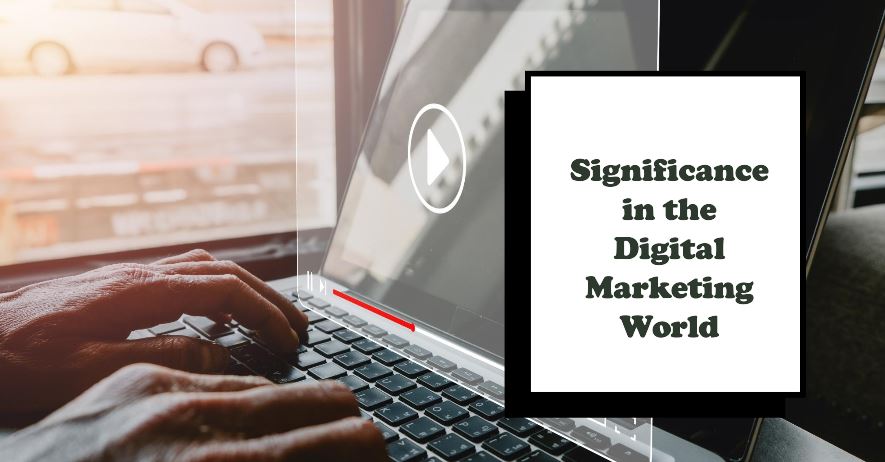Domain protection is crucial for protecting your site’s domain name from risks like unauthorized access, theft, or misuse. It requires implementing various security measures to protect your site from cyberattacks and to protect an online reputation.
In simple terms, Domain protection can help to keep your website running and running, secure your assets online, and maintain your brand’s image. It is an important aspect of security for websites that all website owners must take seriously.
Are you interested in checking a domain name’s availability? An online namechecker or username availability checker can be used to determine if a name is available.
Key Highlights
- The domain protection process is essentially the procedure of securing your site’s domain name from any dangers like unauthorized access or misuse.
- Domain protection can help protect your site and help ensure your brand’s credibility However, it could come with additional costs and restrictions when using your domain name.
- To safeguard your domain, adhere to best practices such as using secure passwords and enabling two-factor authentication. keeping your contact information up-to-date and evaluating privacy protection measures.
- Knowing the right domain protection options is vital to ensure the security and correct management of your domain name.
What is Domain Protection?
Domain security is the practice of keeping your site’s unique name, also known as the domain name, secure from threats. It makes use of various safety measures such as locking your domain, by adding a second password and keeping your domain’s information private to protect your website from online threats and ensure your identity online is secure.
Domain protection is similar to placing a lock on your website’s address in order to ensure it’s secure. It can stop those with malicious intentions from playing on your website. In this way your website will continue to be running, your company’s image stays beautiful and the information on your website is safe.
What Are the Types of Domain Protection?
Domain protection is available in a variety of kinds. Here are a few that you can apply to protect your website’s name:
Domain Locking
The Domain Locking feature is a security function that prevents unauthorized modifications or changes to your domain’s name. If your domain is locked it is not able to be deleted, transferred, or modified without your permission. This will protect you from the possibility of domain hijacking as well as unauthorized changes to your domain’s settings.
Two-Factor Authentication
Two-factor authentication (2FA) is a security measure that requires two forms of authentication to gain access to your account on the Internet. It could be things you are familiar with (such as the password) as well as something you own (such as a cell phone or token).
A data breach can cost as much as $3.86 million and that’s not even including the harm to your business’s image. One method to safeguard your site’s domain and prevent this expense is by using two-factor authentication. This additional security measure ensures that your website is less vulnerable to hack, allowing you to save time as well as money.
Privacy Protection
Privacy protection prevents your personal data from appearing within privacy protection prevents your information from being included in the WHOIS database. The WHOIS database is a public listing that lists the details of those who have websites. With privacy security, your personal information is swapped to general contact information. This prevents the theft of your identity, unwanted spam, and unwanted contacts.
Why is Domain Protection Important?
Domain names are the name of your site and are the base of your web presence. Let’s look at why domain protection is vital to safeguard your online assets as well as maintaining the image of your company.
Protect Your Online Assets
Your domain name is your brand’s online identity and identity protecting it from risks such as unauthorized access, domain hijacking or theft of your domain is crucial. By securing your domain you can be sure that only registered users are able to use your domain. And also prevent unauthorized modifications or changes.
Maintain Your Brand Reputation
Domain names are usually the first impression prospective customers make of your business. A sloppy domain name could result in damages to your reputation, loss of revenue, and loss of confidence. With the help of domain protection, You can ensure that your brand’s image remains in good standing and will not have any negative effects on your company.
Avoid Legal Issues
Without protection for your domain name Your domain name could be a target for legal issues such as trademark disputes. Copyright infringement cybersquatting, or trademark disputes. By protecting your domain’s name, you can avoid legal disputes and ensure that your business is in compliance with legal guidelines.
What Could Go Wrong Without Domain Protection?
A large number of companies that are listed in the Forbes Global 2000 are not taking the necessary security measures. To protect their domains on websites and are therefore vulnerable to security risks. A study conducted by CSC discovered the following: 75% of firms have taken less than half of security measures.
If you don’t have domain protection Your website’s domain is vulnerable to a variety of threats that could affect websites’ online visibility. In this article, we’ll discuss the negative consequences of not prioritizing protection for domains. And how it could affect the security of your website and its reputation.
Domain Hijacking
Domain hijacking happens when someone tries to steal the domain’s name. They accomplish this by gaining the domain’s account, altering the settings, or transferring the domain to a different registrar. This is a frequent threat that can result in reputational damage as well as revenue loss and legal problems.
Reputational Damage
The domain’s name that is compromised may harm your company’s image. For instance, if your website is hacked or displays negative content, it could affect your image and dissuade prospective customers.
In 2022, businesses had the expense of $1.5 million for reputation harm. To avoid these penalties, focus on domain protection and ensure your reputation is protected.
Business Continuity
If you do not have domain protection your website could become unresponsive or not accessible to the intended audience. This can lead to loss of funds, missed opportunities, as well as damage to your company’s image.
Websites that experience frequent interruptions or downtimes could incur expenses up to 16 times greater than those that experience fewer interruptions. This is the reason it’s crucial to ensure the stability of your online business to ensure long-term growth.




